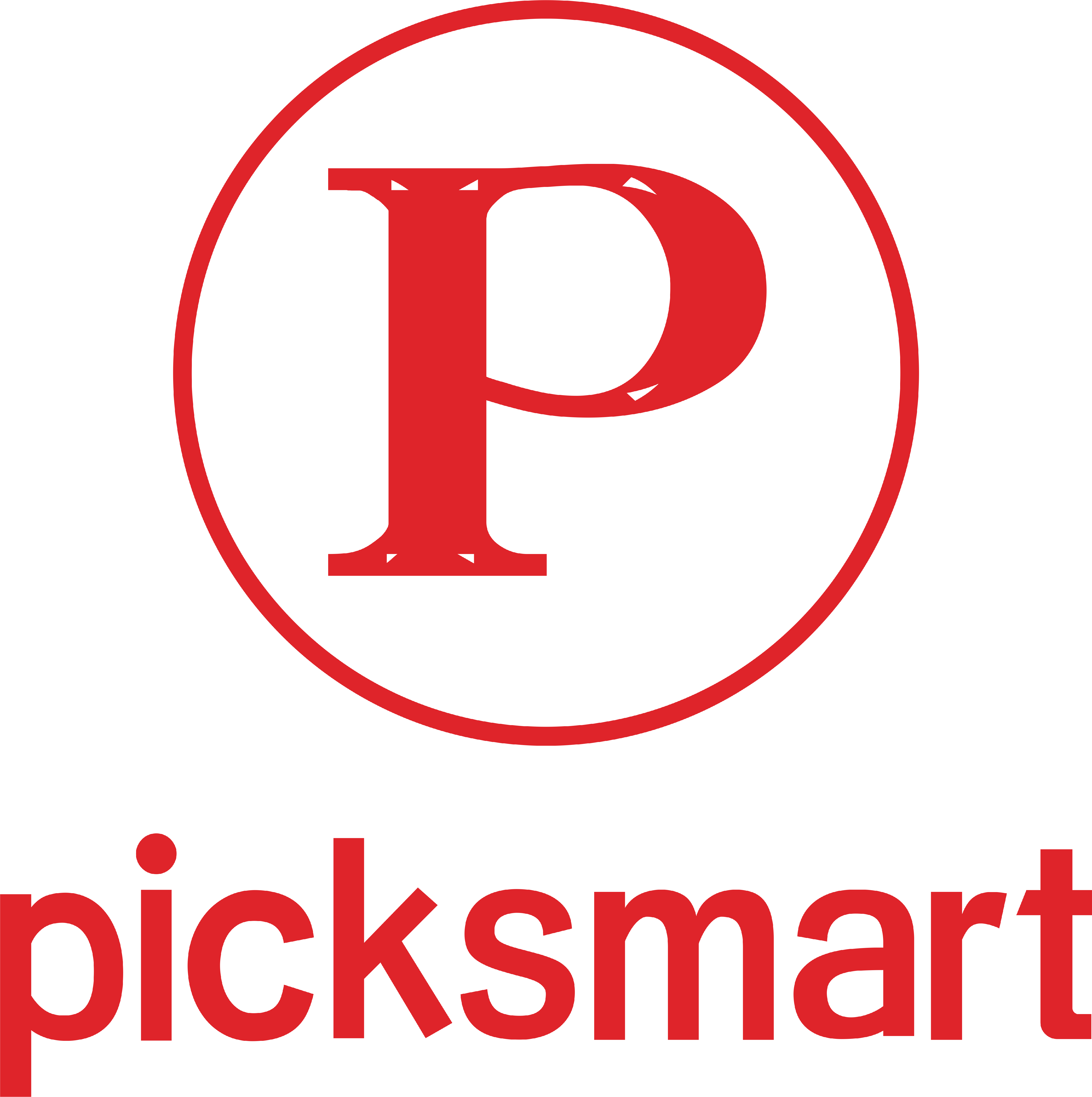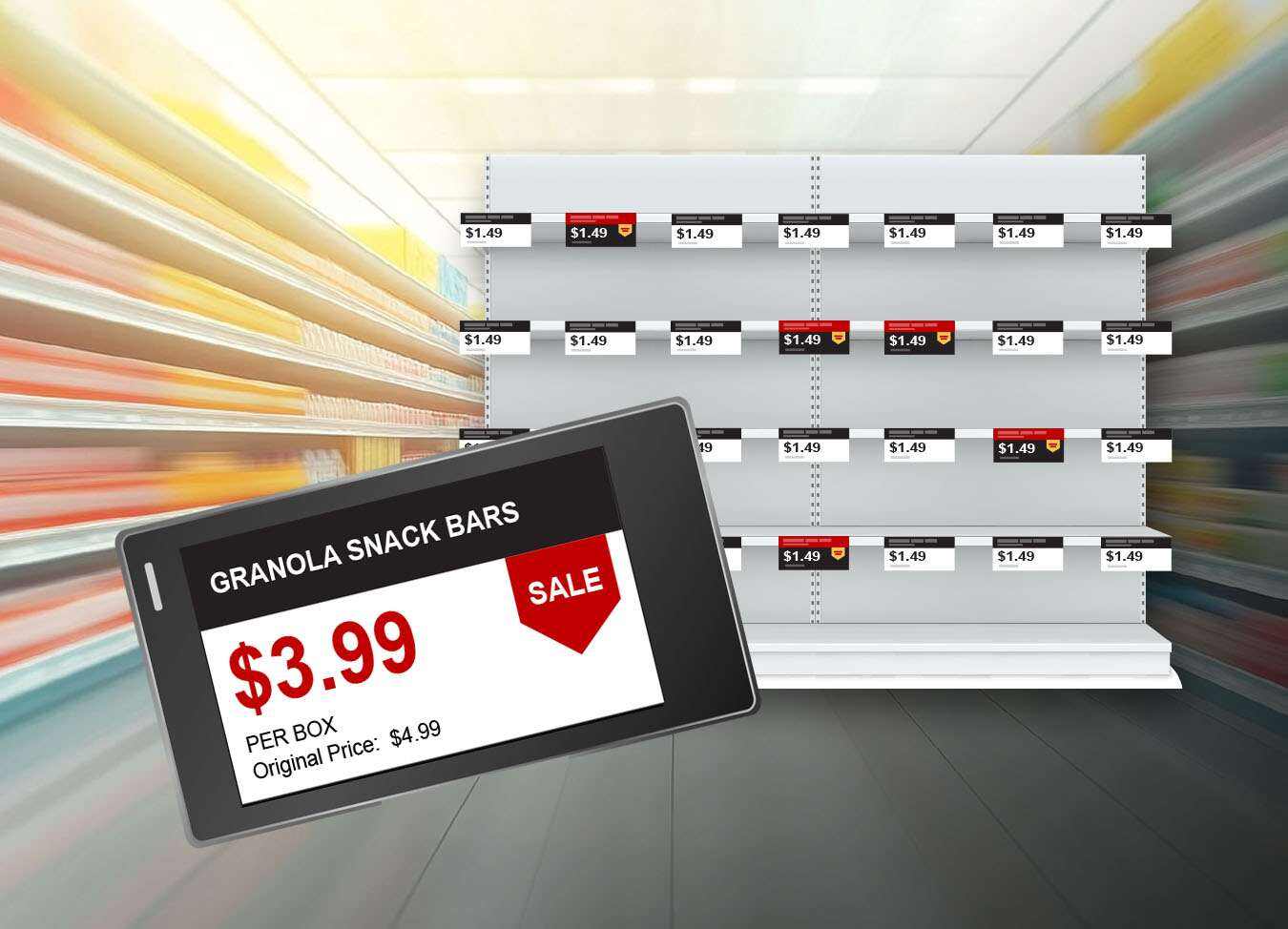Introduction
As brick-and-mortar retail continues its digital transformation, Electronic Shelf Labels (ESLs) are emerging as a foundational technology—enhancing pricing accuracy, operational efficiency, and the customer experience. Here’s a look at what’s driving ESL adoption and how recent developments are shaping the industry.
Market Growth & Industry Momentum
-
Rapid Expansion Ahead
The global ESL market is projected to surge from USD 1.85 billion in 2024 to USD 7.54 billion by 2033, experiencing a 17.4% CAGR from 2025 to 2033.
Other forecasts estimate continued momentum, with a projected value of USD 9.81 billion by 2035. -
Major Retailers Leading the Charge
Walmart is scaling its digital shelf label rollout from 500 pilot stores to 2,300 locations by 2026, citing gains in pricing agility and labor savings.
In the UK, Asda is piloting ESL systems in 12 central locations, aiming to streamline price updates and operational workflows.
Innovations & Emerging Applications
-
Battery-Free ESLs Powered by Ambient Light
Ambient Photonics, in partnership with E Ink, is pioneering ESLs that harness indoor light energy—eliminating battery reliance. These battery-free labels also gather valuable in-store data, such as shopper interactions and environmental metrics. -
NFC-Enabled Convenience
The UK’s Co-Op has rolled out ESLs with NFC technology in 700 stores—allowing shoppers to tap for memberships, discounts, and promotions. This eco-conscious initiative aims to replace paper tags and is expected to reach 1,600 locations by year-end.
Addressing Consumer Concerns & Regulatory Scrutiny
-
Dynamic Pricing Fears vs. Reality
Despite skepticism, a recent study analyzing five years of pricing data found no significant evidence of surge or demand-based pricing in U.S. supermarkets using ESLs. -
Growing Pushback
Consumer concerns and apprehensions around transparency are mounting. Critics have raised issues over text visibility, potential for dynamic spikes in pricing, and overall fairness. Retail giants like Walmart and Kroger have faced backlash—and even legal scrutiny—for the perceived risks of these systems.
Strategic Advantages of ESL Adoption
| Benefit | Description |
|---|---|
| Operational Efficiency | Automates price changes, reducing manual labor and time-intensive tasks. |
| Environmental Sustainability | Cuts down paper waste and opens the door to battery-free, energy-harvesting designs. |
| Flexibility & Dynamic Pricing | Enables timely promotional updates and regional pricing adjustments—without causing pricing volatility. |
| Enhanced Shopper Experience | Improves clarity, accuracy, and customer satisfaction through smart displays and interactivity. |
| Future-Ready Retail | Serves as a platform for data analytics, IoT integration, and AI-driven merchandising. |
Looking Ahead: The Future of ESLs in Retail
Brands should prepare for ESLs to evolve into smart in-store nodes—not just price tags. We can expect:
-
Advanced sensor integrations—tracking dwell time, stock levels, and customer paths.
-
Standardized wireless connectivity, including Bluetooth SIG protocols for scalable, secure deployments.
-
Strategic uses in omnichannel environments, such as dynamic inventory fulfillment and personalized promotions.
Conclusion
Electronic Shelf Labels have moved far beyond their label-replacement origins. Today, they stand at the intersection of efficiency, innovation, and amazing retail experiences—enabling real-time pricing, sustainable operations, and smarter engagement. As more retailers embrace this technology, the future of ESLs looks bright, connected, and smart.
 EN
EN
 FR
FR
 JA
JA
 RU
RU
 ES
ES

